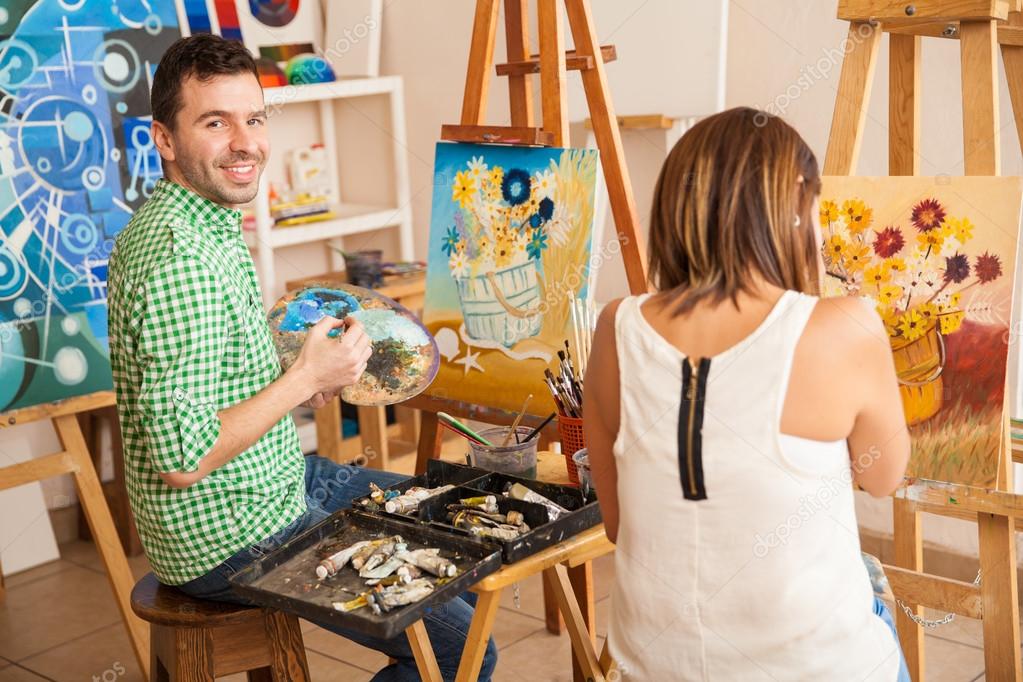How to Price Photo-based Paintings for Professional Artists?
Striking a balance between fair pricing and customer satisfaction is a significant challenge for many professional photographers venturing into the world of photo-based paintings. Understanding the intricate art of pricing these works involves more than just calculating costs; its about considering the artistic value and the unique process that transforms a photograph into a painting. Let's delve into learning how to price photo-based paintings effectively.

Understanding the Components of Pricing
Firstly, it's essential to dissect the elements that contribute to pricing your photo-based paintings. It isn't as straightforward as putting a price tag on a print or photograph. Various factors such as material costs, time investment, and skill level must be factored into the equation.
When setting a price, consider your target audience, which often includes discerning art collectors looking for unique pieces. For insights on why photo-based paintings are ideal for interior decor, you might want to explore this article about interior decor.
Costs of Materials and Production
The costs involved, including the canvas, paints, and any special equipment necessary for transferring the photo image to the canvas, can vary significantly. For a comprehensive guide on the necessary materials, have a look at this resource about materials needed for photo-based painting.
Time Investment and Artistic Skill
Time is a critical factor when determining your prices. Unlike traditional photos, transforming one into a painting can be time-consuming. The time you spend is a reflection of your mastery and dedication. The more experienced you are, the more value your art holds. The uniqueness of a photo-based painting lies in capturing the soul of a photograph in fine art form, as discussed in this insightful article.
Market Research and Competitor Analysis
Invest time in understanding how competitors price similar art forms. You can learn from and reasonably adjust your pricing strategies based on these findings. Checking online marketplaces and art galleries can provide insights into the going rates for similar artwork.
Establish Artist Recognition
Your reputation as an artist significantly influences your artwork's pricing. Building and maintaining a high profile will allow you to command higher prices. While developing your profile, consider exploring the best ways to present and frame your art as discussed in the framing guide.
Use a Pricing Formula
To simplify the process, developing a pricing formula is practical. A common method involves pricing your artwork based on the cost of materials plus an hourly wage for the time spent multiplied by an experience factor. For added inspiration, you can look into various pricing methods in related articles.
Professional Tips for Pricing
When setting your prices, consider starting from a lower point and gradually increasing as your profile and demand grow. Additionally, offering different sizes and price options can cater to varying customer budgets.
Integrating Emotion and Story
Highlighting the personal story or emotional appeal behind a photo-based painting can greatly enhance its perceived value. Potential buyers are often willing to pay more for art that tells a story or evokes a strong emotional response.
Further reading on how photography blends with painting can provide deeper inspiration as found in the blending guide.
Promote and Market Wisely
Your pricing strategy should extend into how you market and present your paintings. Strategic promotion on social media and exhibitions can significantly influence potential buyers' perceptions of your art's value.
Build Relationships and Networks
Successful pricing often involves knowing your audience and building lasting relationships with buyers. Consider personalized deliveries or creating promotional events around significant holidays to boost sales. Learn more about creative ideas for marketing photo-based paintings in the gift ideas blog.

Conclusion
Pushing the boundaries of traditional photography through thoughtful pricing and presentation of photo-based paintings can usher in new opportunities for professional photographers. Understanding how to strike a balance ensures a fair yet competitive presence in the art market.
FAQs
- What is the best way to price beginner photo-based paintings? Start by calculating your material costs and time, then add a small profit margin to grow with your experience.
- How do seasonal sales affect the pricing? Seasonality can impact sales, offering opportunities to adjust prices based on demand fluctuations.
- When should I adjust my pricing strategy? Regularly review your sales data and customer feedback, which can inform necessary pricing strategy adjustments.

